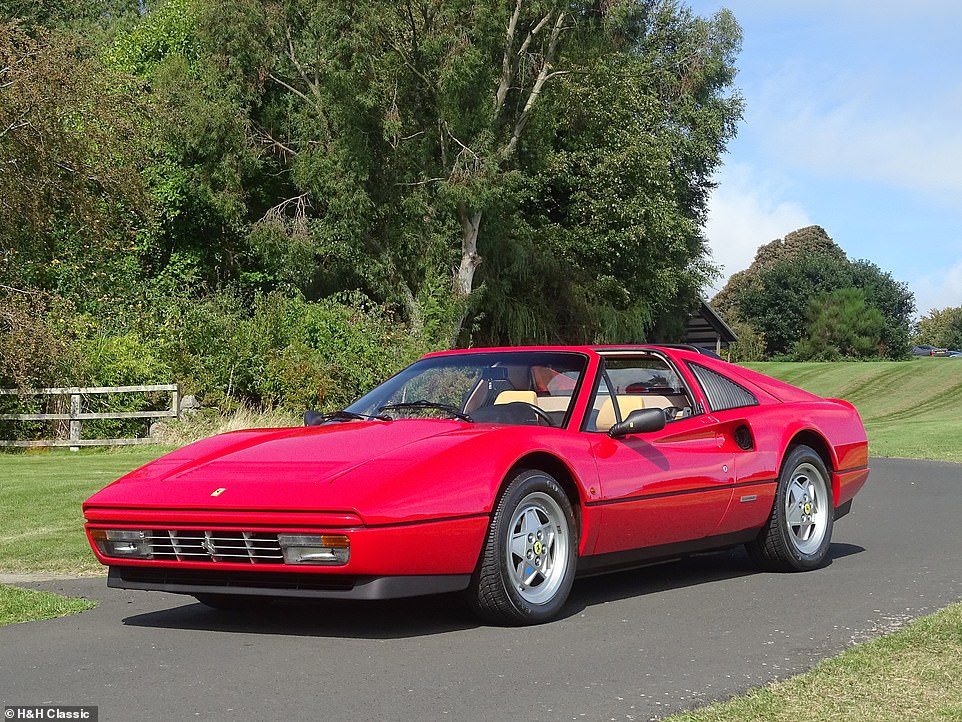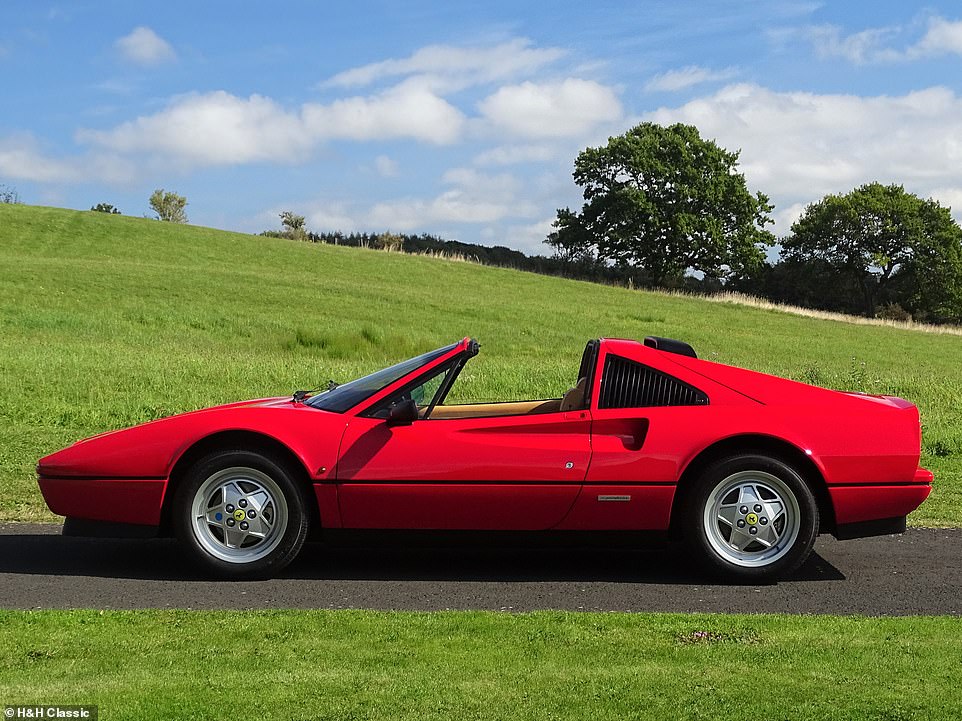Jeremy Clarkson blames “idiot” climate change activist Greta Thunberg for killing the car show.
The former Top Gear presenter, who is returning with another series of Amazon Prime motor series The Grand Tour, claimed young people have been turned against cars by the 16-year-old environmental campaigner.
Clarkson, 59, told The Sun: “Everyone I know under 25 isn’t the slightest bit interested in cars – Greta Thunberg has killed the car show.”
Most of the time, I agree with Clarkson, but I’m not so sure about this one.
My opinion is that young people aren’t interested in cars for two reasons:
- They all look the same. (I’ve ranted and raved about this situation so many times, I’m starting to bore myself.)
- New cars cost too much, and youngins don’t have the cash to buy them — hence the popularity of the “no-car” ownership and Uber.
Much as I detest her and her ilk, neither of the above is the fault of that little bint Thunberg. The real fault lies with government — our government, European governments, all governments — who have mandated expensive changes to cars in the name of SAFETY and CLIMATE. The first is arguably a good thing, but the second a lot more questionable.
But when an “entry-level” (i.e. modest) secondhand car like this one costs nearly 20 grand…
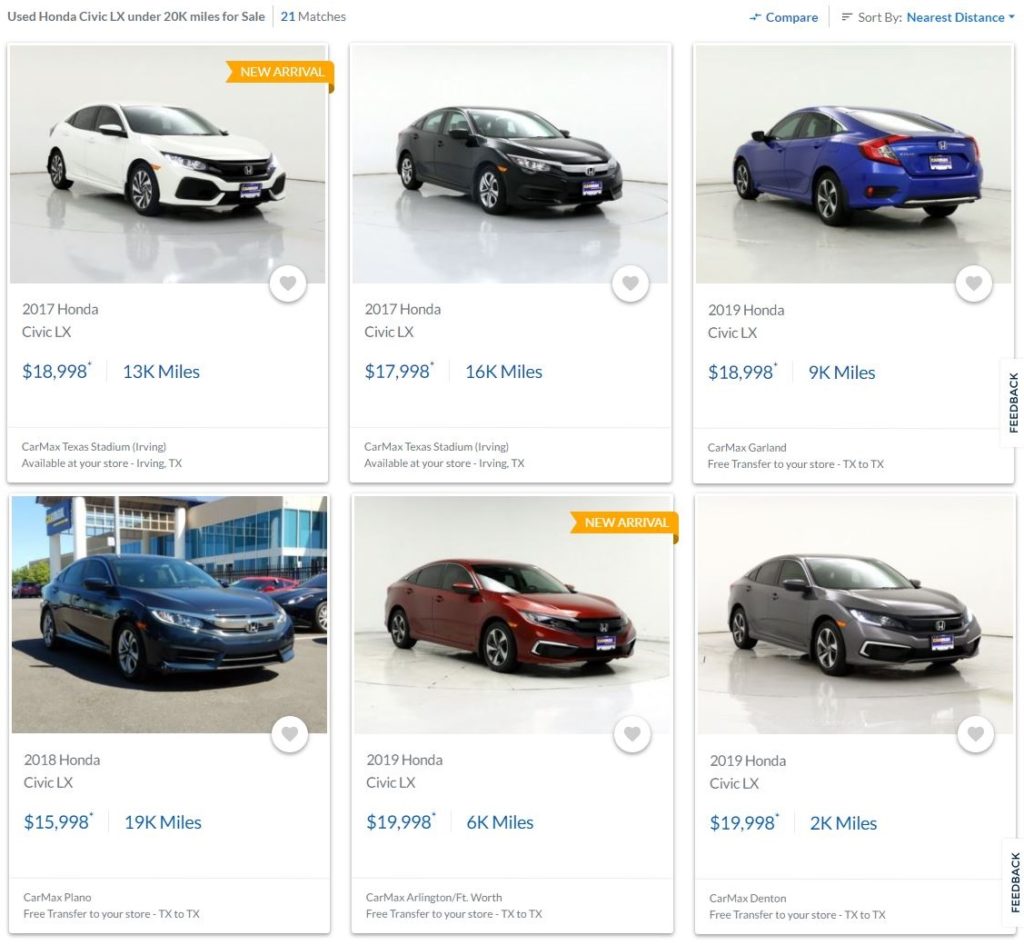
I’m not sure that many under-25s are going to want to spend this much even if they have it. College loan repayments, ObamaCare medical insurance, under-25 auto insurance rates… even if they’re filling the stereotype and living with Mom and Dad, money is going to be tight, assuming they’re pulling in the typical youngin annual salary of $24k – $36k.
(Yeah, I know you can get cheaper cars — the Son&Heir scrimped and saved out of his paltry waiter’s income until he could afford to buy a twelve-year-old Oldsmobile Beater from a friend for $1,500, but his maintenance costs almost killed him. If he’d had more money, it would have saved him money to buy a Honda like the above; but he didn’t have the money. I don’t think today’s kids are any better off — they may even be worse off, come to think of it.)
Of course, adding the Blame Game onto all that via Thunberg and the other EarthFirsters doesn’t help — nor does it help that the under-25 group are malleable and vulnerable thanks to their crap secondary education and foul neo-socialist tertiary education, so they’ll believe anything and hope that Mommy and Daddy (or Big Brother Gummint) will bail them out. But that’s not the primary reason for their lassitude in matters automotive.
In my day, boys had wall posters on their bedroom walls which featured supercars (and supermodels). Nowadays? They can’t afford the fucking posters. They can’t even afford the ticket price for the car show.
And that’s because their priorities have changed. Why spend money on a four-wheeled money pit when they can spend as much or more each month on a money pit which can fit in the hand?

And why drag-race your buddy down Main Street (à la American Graffiti ) when you can play Grand Theft Auto? Or pick up your girlfriend and take her to the movies, when she can catch a Lyft over to your place and the two of you can “Netflix and chill”?
It’s not just the money. Times and priorities have changed. And as with all this stuff, it’s not just one thing (like Greta Thunberg) that has caused the change; it’s everything. Our kids live in a different world; and in that world, the car isn’t important anymore. Too bad. Here’s a pic of my teenage dream car:
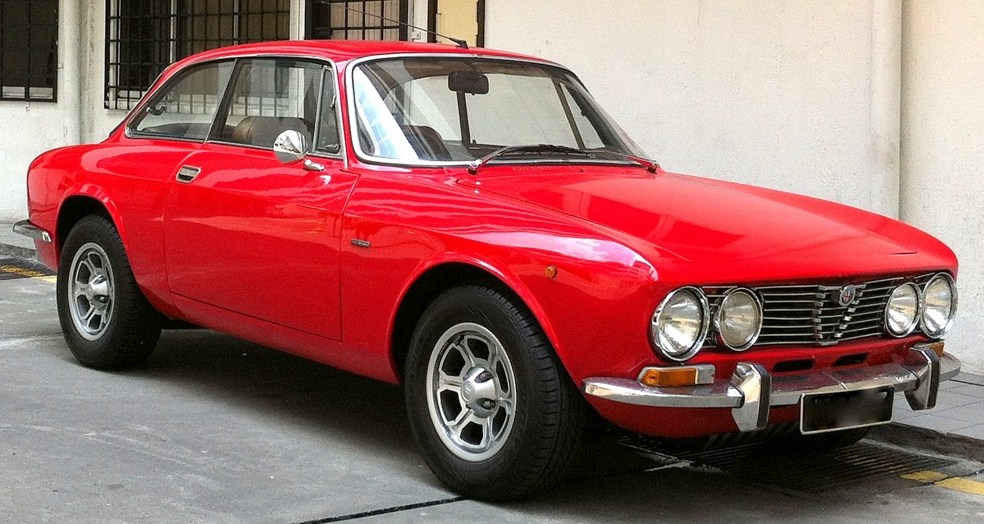
In today’s dollars, the Alfa Romeo Giulia Sprint GT would have cost about $14,000 — brand new.
Here’s #2 Son’s dream car:

Brand new, the Honda Fit costs about $17,000. He has less chance of getting this econobox than I did the Alfa Romeo.


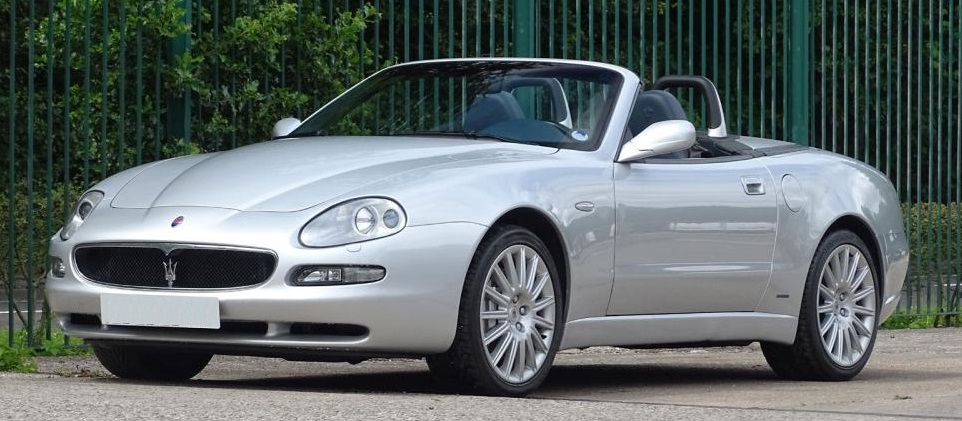
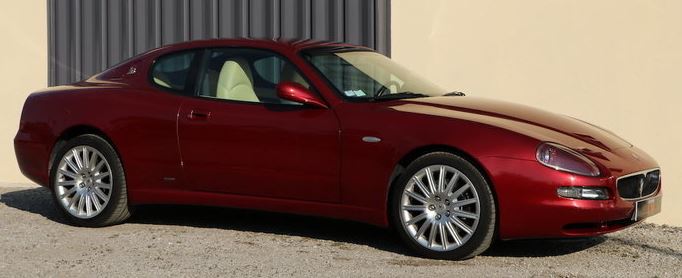
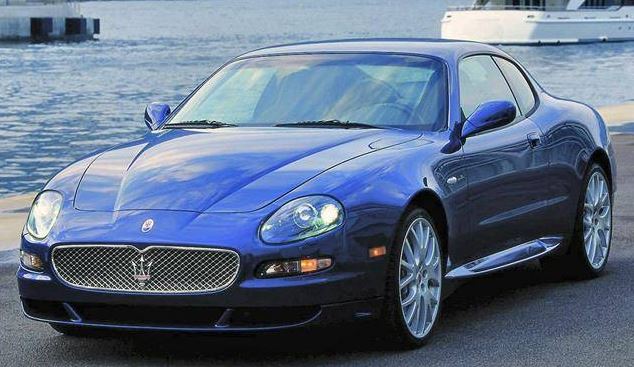

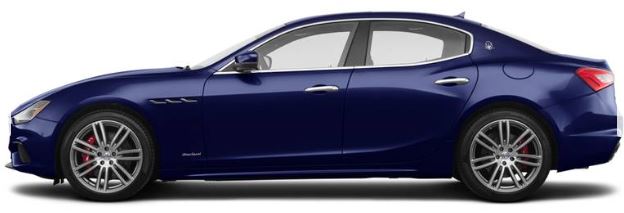
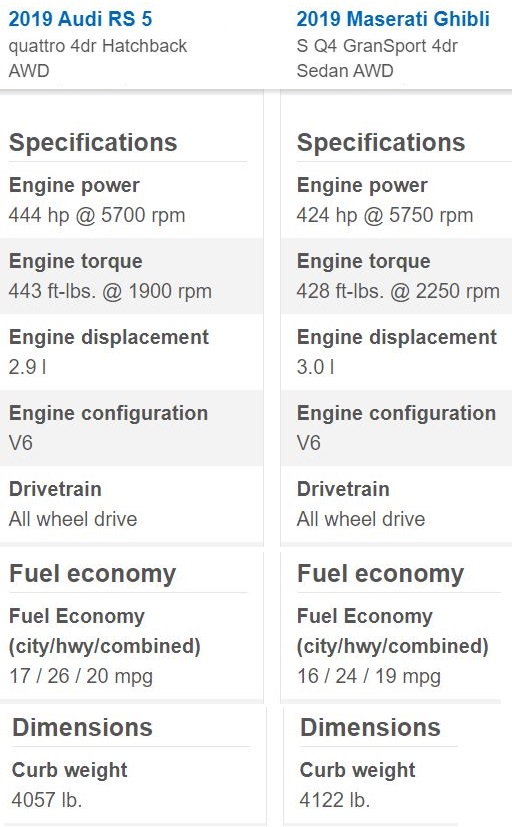





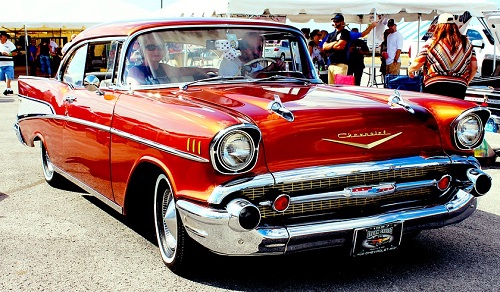
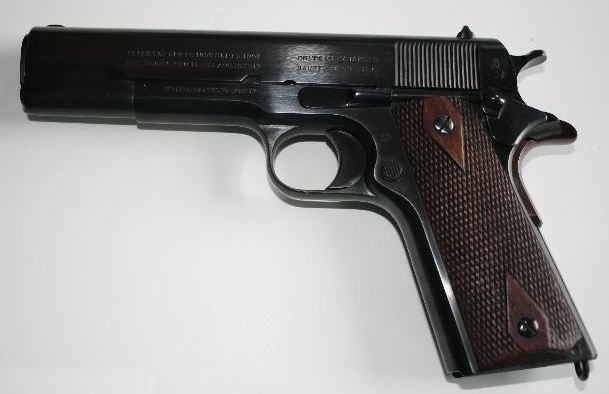 (Not a pic of the actual gun.)
(Not a pic of the actual gun.)